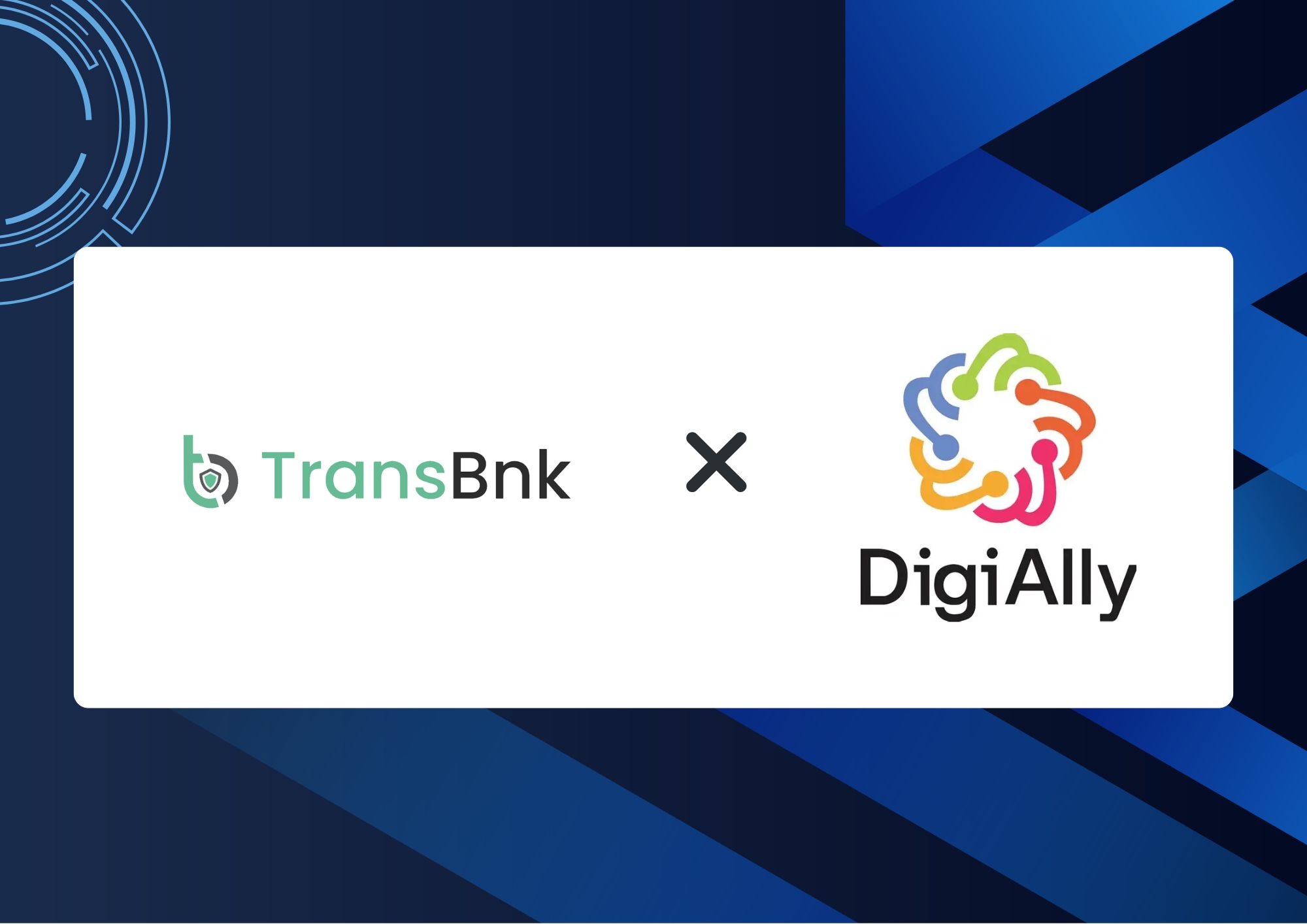Integrating EdTech Solutions in Small Educational Institutions

As India’s education sector undergoes a digital transformation, small and mid-sized educational institutions private schools, coaching centres, vocational training institutes and ed-tech-enabled NGOs find themselves at the intersection of promise and pressure. The pandemic may have accelerated digital adoption across the board, but for most smaller institutions, technology integration remains patchy, reactive and often unsustainable.
While larger education players have invested heavily in learning management systems (LMS), smart classrooms, AI-based assessments and parent engagement apps, smaller institutions often grapple with limited budgets, lack of in-house IT expertise and operational challenges in implementing even basic digital tools. However, the question is no longer whether to adopt technology but how to do so in a way that is aligned with institutional capacity and learning outcomes.
For India’s educational SMEs, integrating EdTech is not about chasing trends. It is about enhancing the quality of teaching, streamlining operations and improving access to learning. The opportunity lies in adopting solutions that are contextually relevant, affordable and scalable not necessarily sophisticated.
One of the most immediate areas where technology can support small institutions is classroom delivery. Digital content libraries, interactive whiteboards and virtual simulations are no longer confined to elite schools. Several Indian EdTech startups now offer curriculum-aligned content and interactive tools in regional languages, specifically designed for budget schools and state-board curricula. When implemented well, such solutions can augment teacher effectiveness rather than replace the classroom experience.
Teacher training is another crucial area that EdTech platforms are beginning to address. Many small institutions suffer from a chronic shortage of trained educators, especially in STEM subjects. Technology-enabled teacher support systems ranging from peer-sharing platforms to remote mentorship and AI-generated teaching aids can help bridge this gap. Some EdTech providers are also offering modular teacher certification programs via mobile apps, which can be accessed without disrupting daily teaching schedules.
Administrative efficiency is another domain where digital tools offer high ROI, especially for smaller institutions with lean staff. Fee collection, admissions processing, attendance tracking and academic record management have long been manual and paper-intensive processes. Low-cost SaaS platforms tailored for schools and institutes are now allowing administrators to digitize these functions with minimal upfront investment. Some platforms also integrate with UPI and online payment gateways, simplifying fee collections and reducing delinquency.
However, perhaps the most significant benefit of EdTech integration lies in its potential to personalize learning. While adaptive learning engines are still at a nascent stage in the Indian SME education sector, basic data analytics can already help teachers identify learning gaps, monitor progress and intervene early. Even something as simple as automated quiz scoring or student performance dashboards can equip educators with actionable insights.
At the same time, the process of integration is not without its challenges. Many smaller institutions face infrastructural limitations such as unreliable internet, outdated hardware or a lack of power backup that hinder consistent technology usage. Even when these issues are addressed, resistance to change among staff and concerns from parents about excessive screen time can slow down adoption.
Affordability remains another constraint. While the EdTech sector has seen an influx of venture funding, many offerings are still priced with metropolitan, upper-middle-class consumers in mind. Small educational institutions operating in semi-urban or rural areas often find these solutions too expensive or misaligned with their teaching models. There is a need for more inclusive pricing models, co-created solutions and public-private partnerships that can bring technology within reach of underserved institutions.
Regulatory clarity will also be important in shaping the future of EdTech adoption. The draft National Education Policy (NEP) 2020 has made favourable recommendations for integrating technology in teaching, assessment and teacher training. However, implementation mechanisms and guidelines for EdTech procurement, data privacy and quality assurance remain vague for non-K-12 and informal education players.
Despite these hurdles, there are encouraging examples emerging from across the country. In districts like Nandurbar in Maharashtra and Khurda in Odisha, local NGOs and private coaching centres have successfully used low-tech solutions such as WhatsApp groups, pre-loaded tablets and community radio to deliver hybrid learning. In cities like Patna and Kanpur, small private schools are forming informal consortiums to collectively subscribe to EdTech platforms, enabling volume discounts and shared support services.
These grassroots innovations demonstrate that with the right blend of need, leadership and support, technology adoption in education need not be confined to well-funded institutions. Rather, it can be shaped by contextual intelligence and community participation.
Moving forward, the ecosystem must focus on building enabling conditions for adoption. This includes upskilling school leaders and administrators to make informed tech decisions, creating modular toolkits that allow step-by-step integration of digital solutions and ensuring that content is inclusive across languages, age groups and learner types.
Financial institutions can also play a role by extending credit or leasing models for tech infrastructure similar to how asset-backed loans have driven farm mechanisation or MSME automation. EdTech firms, on their part, will need to shift from a one-size-fits-all approach to more tailored partnerships with small institutions.
Ultimately, the goal should not be to digitize for the sake of modernity, but to deploy technology in ways that are pedagogically sound, financially sustainable and socially inclusive. India’s educational SMEs have always played a critical role in last-mile delivery especially in communities where public infrastructure is weak and private investment is sparse.
By integrating EdTech thoughtfully, these institutions can enhance both access and quality two imperatives that must go hand-in-hand in any meaningful education reform.











